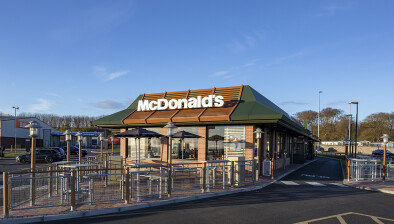New report highlights guiding principles for successful repurposing in Britain’s town centres

A new report by national planning and development consultancy Lichfields sheds light on the future of UK town centres, presenting a roadmap for the revitalisation and repurposing of vacant or underutilised buildings.
Entitled ‘Out with the Old, In with the New’, the report arrives at a critical juncture for high street retailing, offering essential insights for landlords, investors, and local authorities grappling with the challenges of envisioning the future of the nation’s high streets.
Key findings reveal the profound impact of economic, social, and technological changes on department stores, with a staggering 85% of stores formerly operated by Debenhams, House of Fraser, and John Lewis, among others, disappearing over the past decade.
Shopping centres have also faced significant challenges, with higher vacancy rates compared to high streets and retail parks. Footfall remains persistently lower post-pandemic, emphasising the urgent need for innovative solutions.
The report highlights a shifting perspective among property stakeholders towards repurposing vacant buildings. It stresses the importance of cost-effective and environmentally sustainable development, tailored to meet evolving market demands.
Three case studies — Riverwalk in Durham, Cardiff’s Howells Department Store, and Deptford Market Yard in London — demonstrate how creative restoration and repurposing breathe new life into town centres, generating jobs and prosperity.
The report outlines ten key principles for successful repurposing initiatives, emphasising viability, flexibility, and sustainability. Laurence Holmes, Planning Director at Lichfields’ Birmingham office and the report’s author, stresses the need for adaptive strategies.
“Our town centres are rapidly evolving,” says Holmes. “Asset managers, property owners, and landlords must be adaptable and consider radical repurposing to meet future demand.”
While challenges loom, Holmes remains optimistic about the potential of repurposing existing assets. “Utilising existing built assets has never looked more appealing or necessary,” he says.
The report underscores the vital role of successful repurposing in shaping vibrant, community-centric town centres in the years ahead.
















